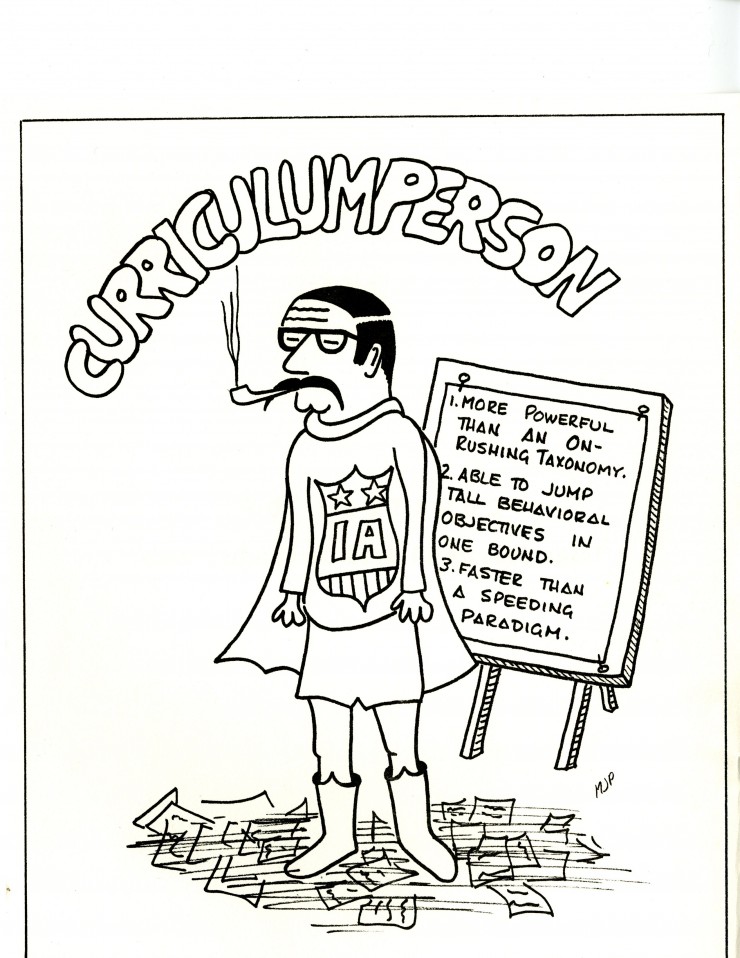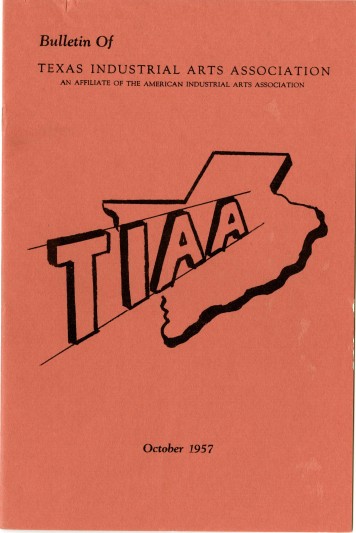Industrial arts education–woodshop, metalworking, plastics, upholstery . . . the list of classes goes on for quite a while. Whatever it may be, industrial arts, or IA, helps students learn a skilled trade. IA played an important role in America’s public education system during the 20th century, especially during and after the second World War. Though it is perhaps less common today, students often learn a craft like carpentry or welding (commonly known as “shop”) while taking traditionally academic courses, like literature and science.
IA slowly started building momentum in the late nineteenth century when John T. Allen of Austin left much of his fortune to the city, so that it could build a manual training program. Programs to train industrial arts teachers were hammered out at several Texas colleges during the ‘20s and ‘30s, including Sam Houston, Sul Ross, East Texas, Southwest Texas, and North Texas State. Students in these programs participate through the Texas Industrial Arts Association. W. A. Mayfield of Snyder, B. W. Mayes of Crane, and T. L. Bay of Brazosport helped found TIAA around 1954.
In this 1957 bulletin, C. A. Wiken of the Rockwell Manufacturing Co. writes of “‘White Collar’ Danger.” In his words, “a new breed of white collar engineers may arise who have no conception of basic machine operations – who are lost when faced with the task of translating scratch-pad sketches into three-dimensional reality.” The importance of industrial education is a topic often explored in these bulletins, which also serve to inform members of news and events happening in the world of TIAA.
In 1995, Texas public schools employed 2,370 IA teachers, who taught a cumulative 74,000 students. A great many of those students went to school in the Dallas-Fort Worth metropolitan area. The region was also home to some of the best IA educators, including James Snyder of Fort Worth, who was recognized by TIAA as an outstanding teacher in 1964.
The Texas Industrial Arts Association Publications and Records Collection at UNT’s Special Collections offers photographs, publications, and correspondence from 1946 to 2004. Items in this collection illustrate the importance of industrial arts to students, teachers, and the communities in which they lived.
-by Alexandra Traxinger Schütz





Leave a Reply